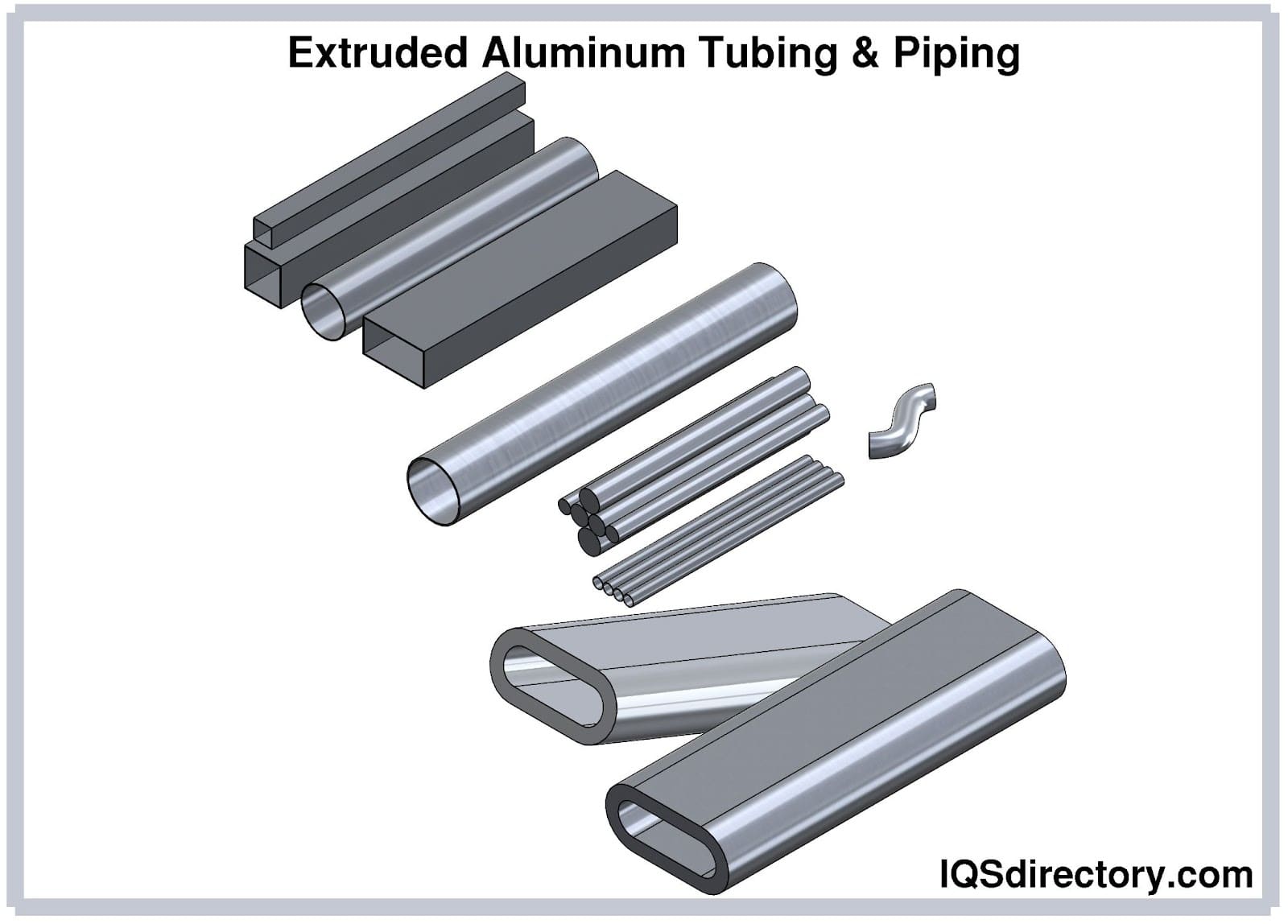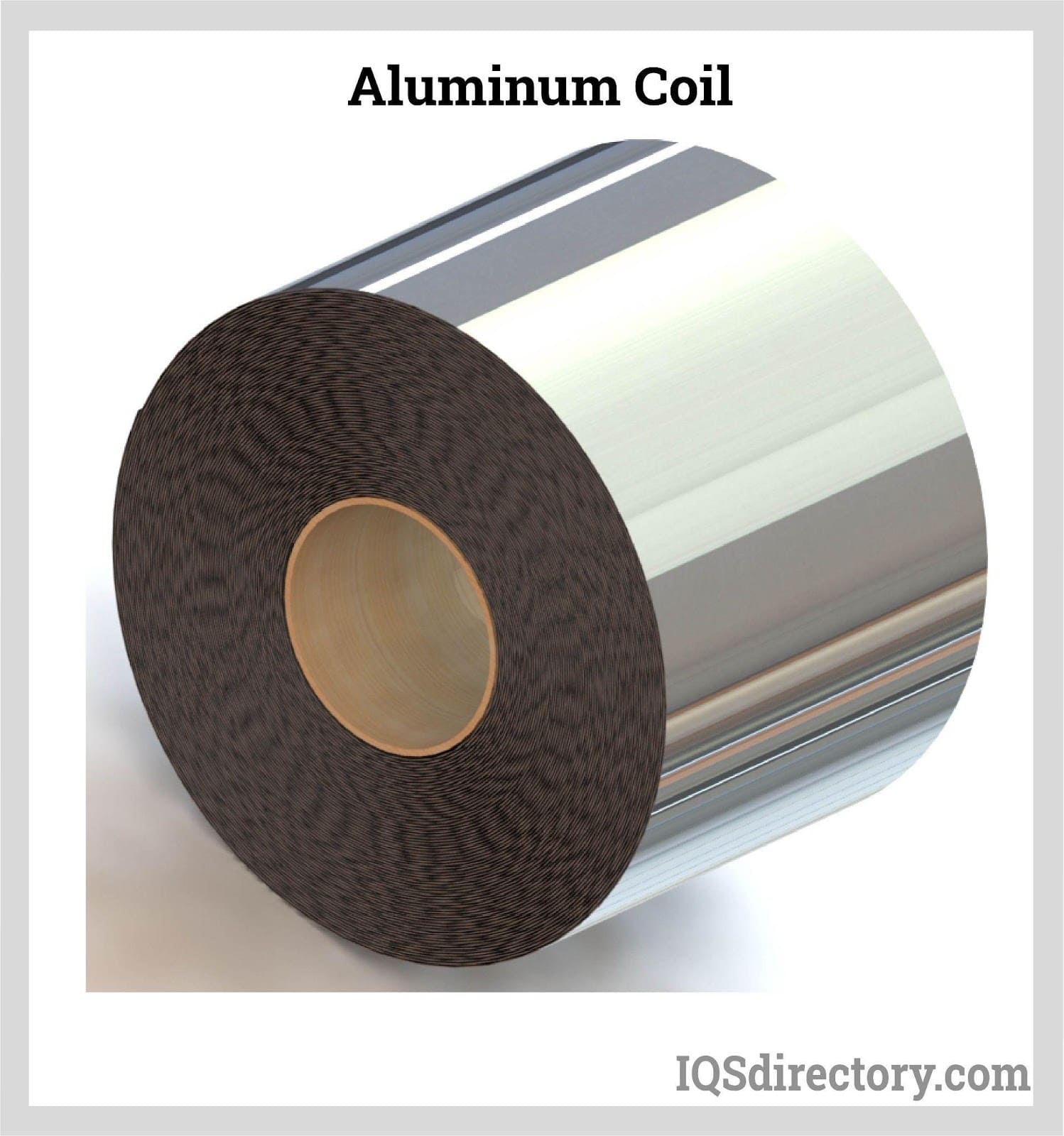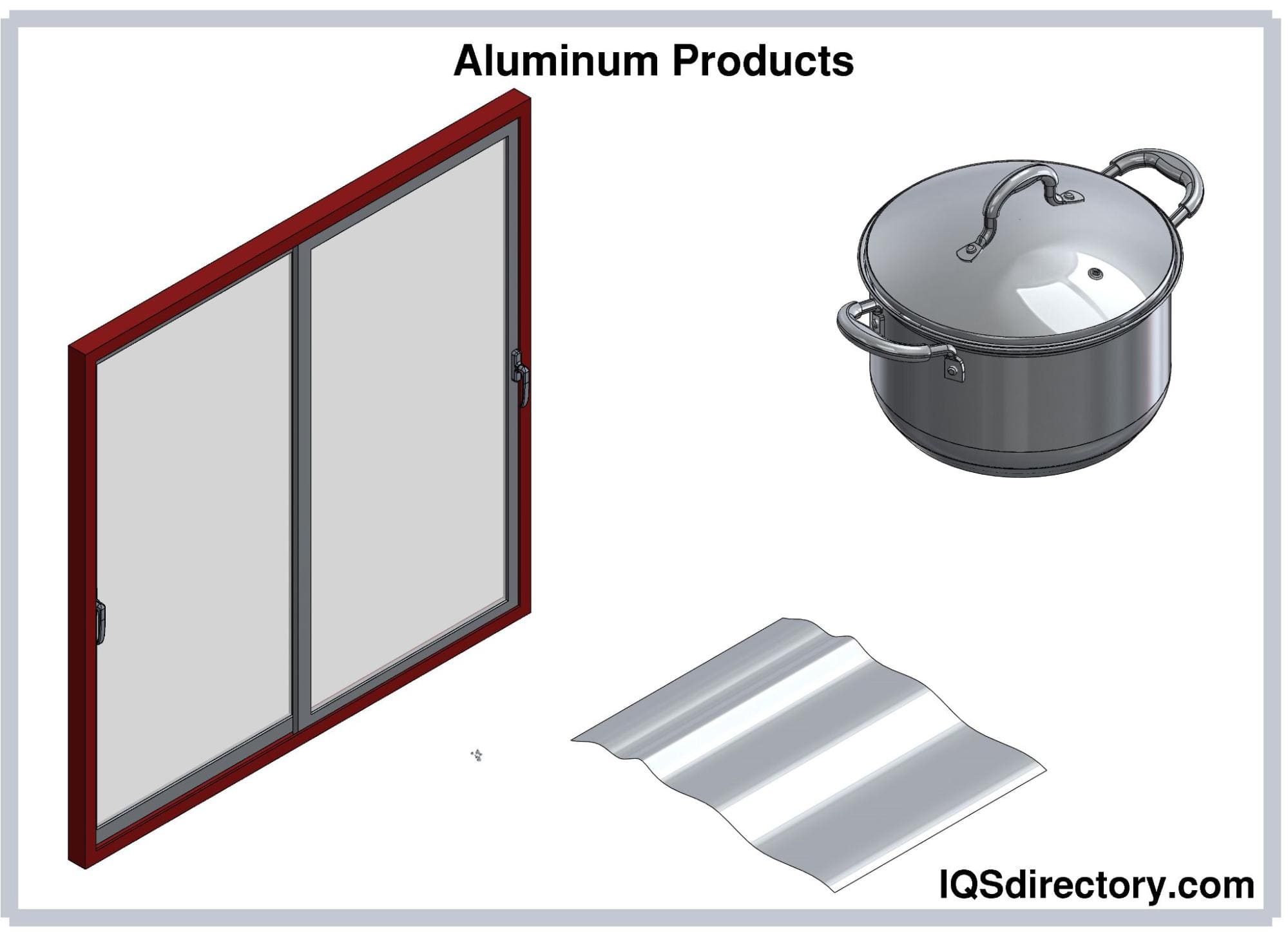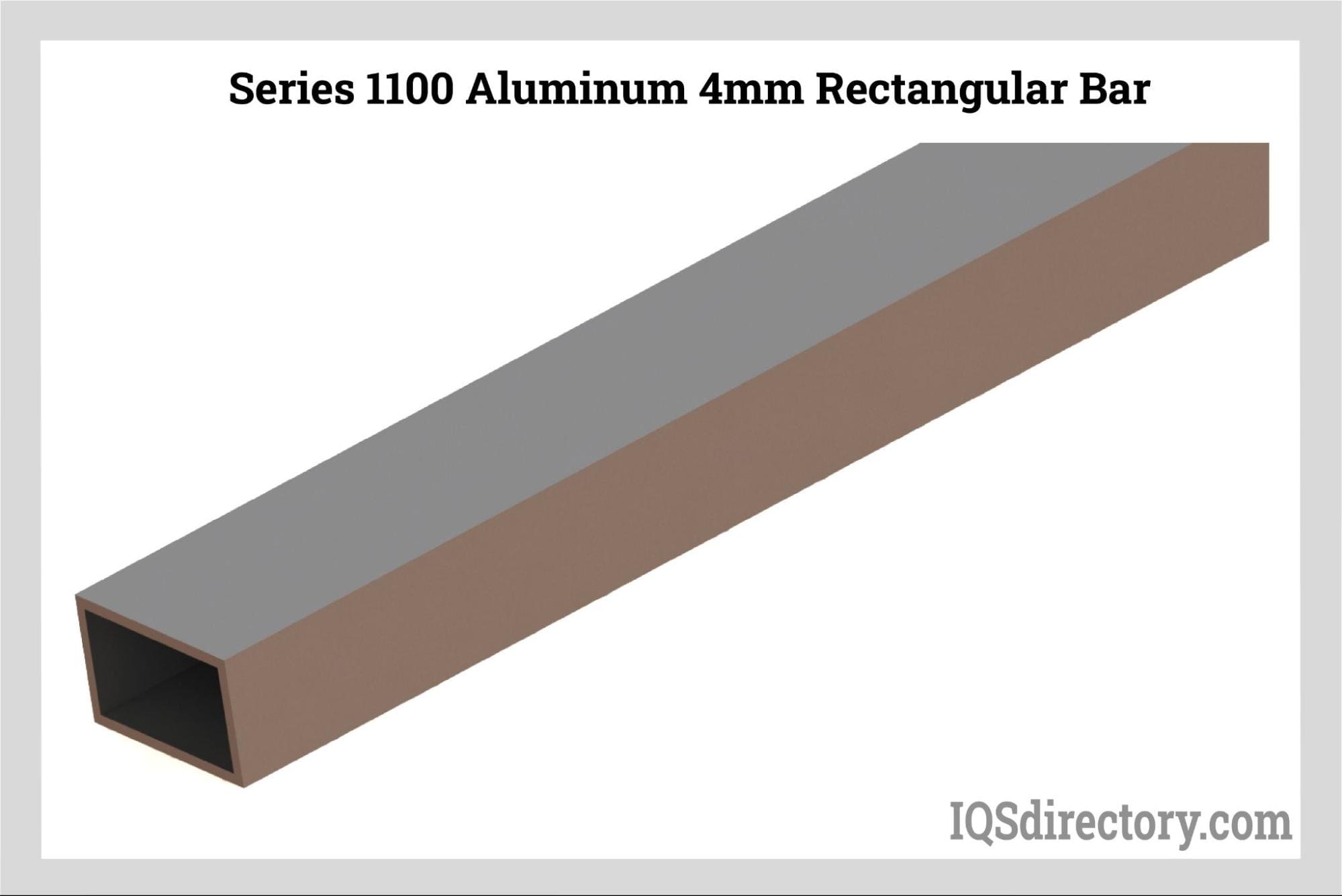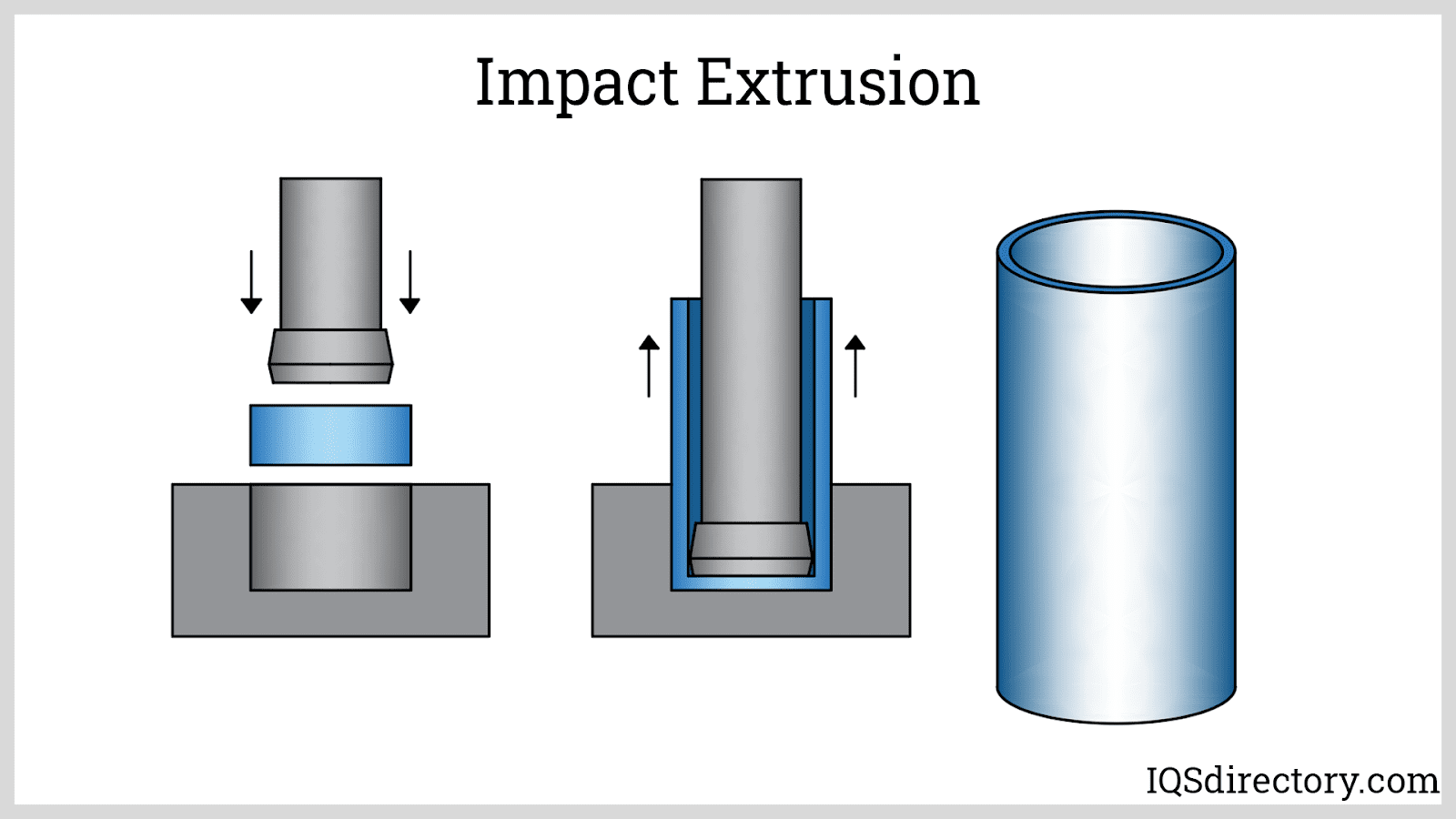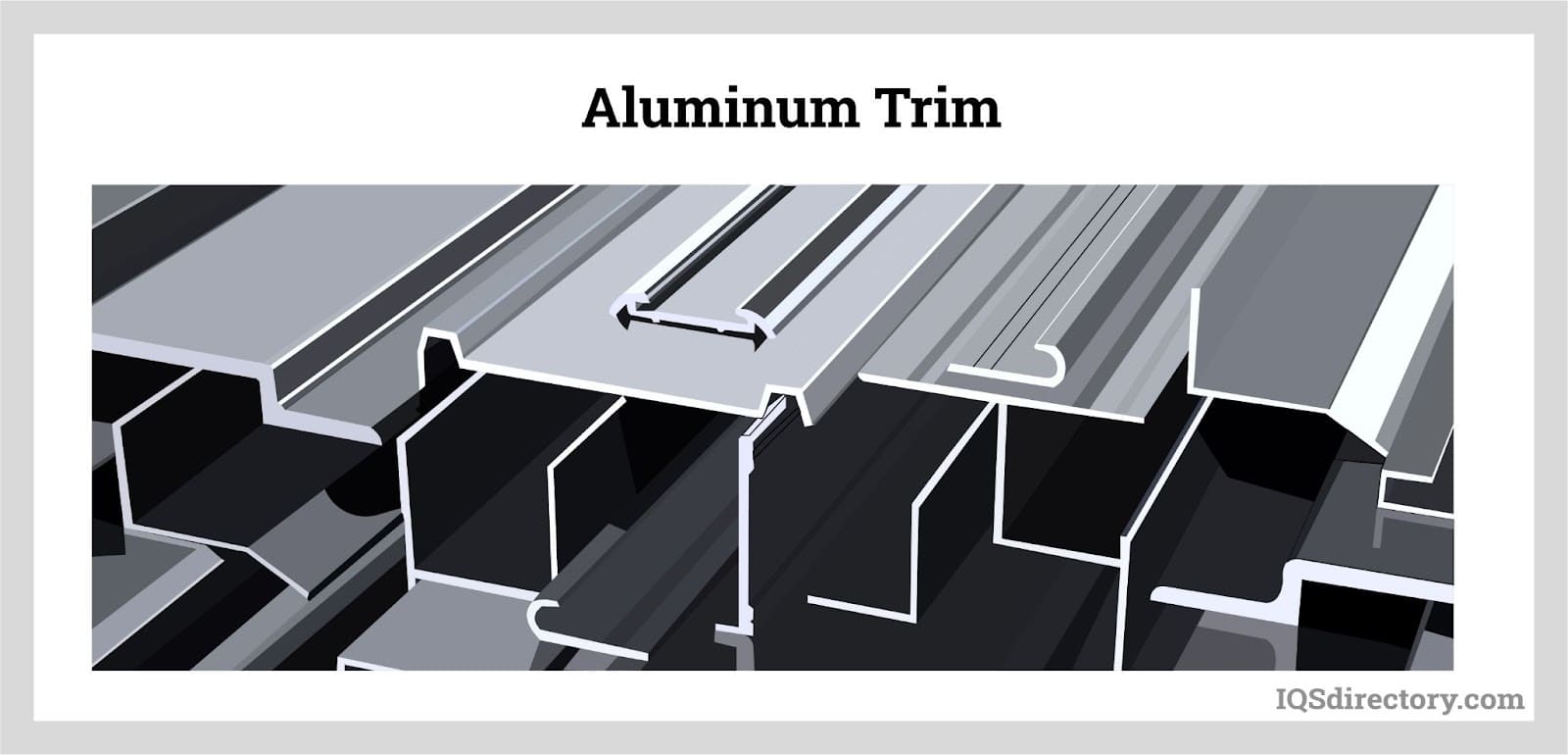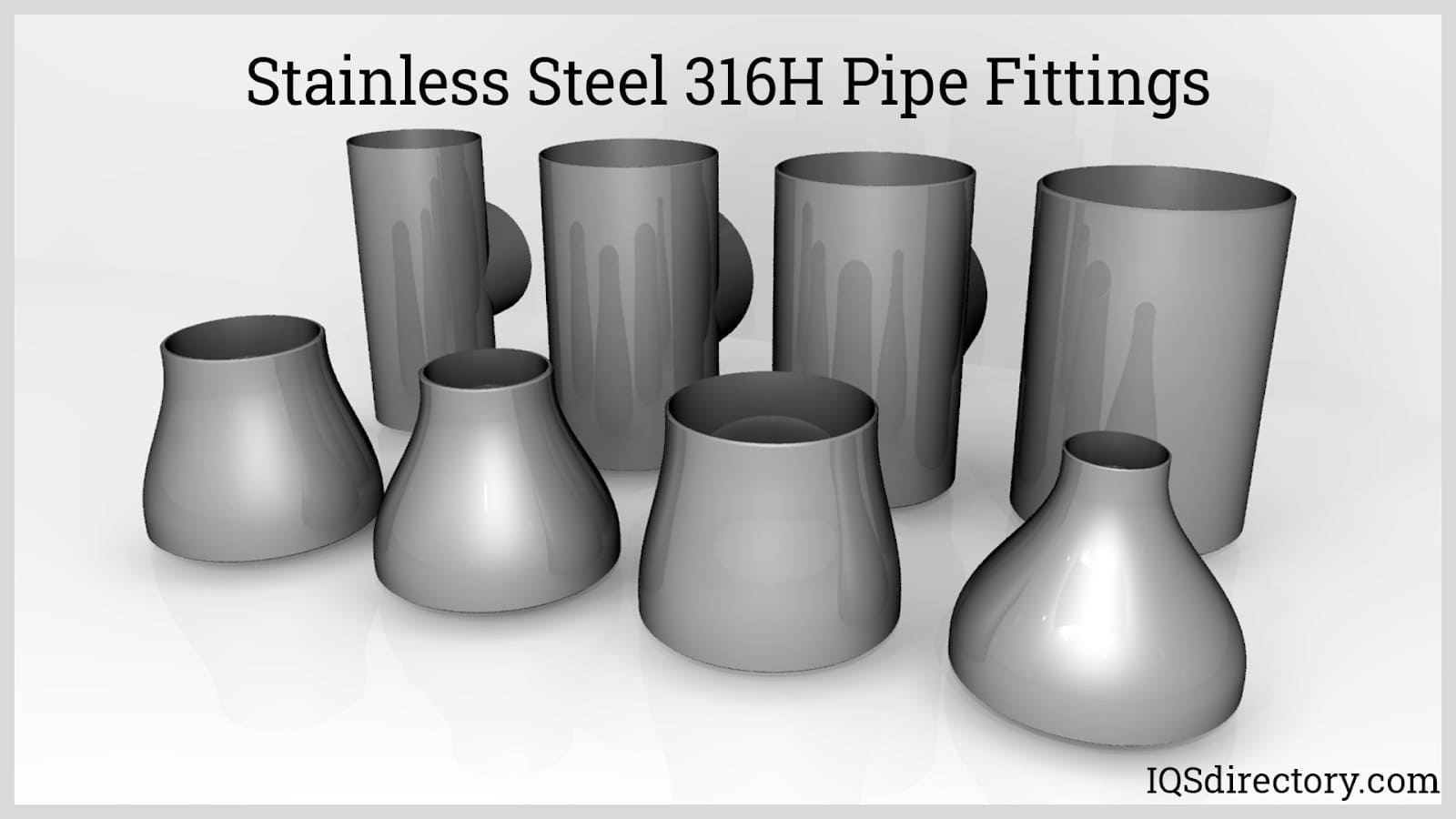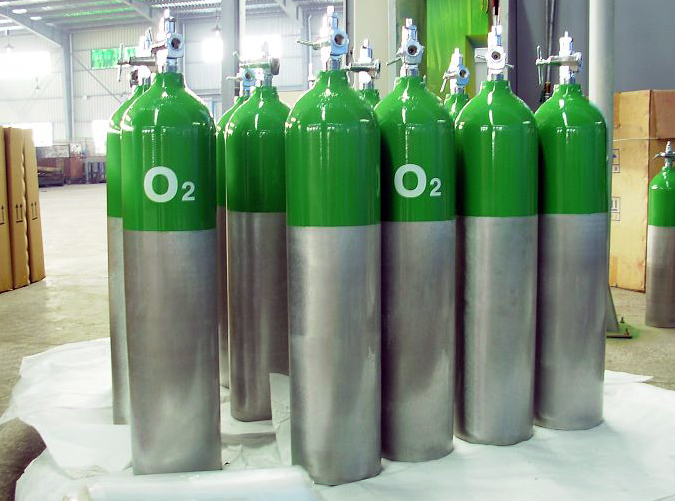 Oxygen is a colorless, odorless, and tasteless gas that is the most prevalent element on Earth making up over 20% of the volume of the planet. It is the second largest volume industrial gas referred to as GOX or GO in its gaseous form. Oxygen, in industry, is valued as a reactive agent used instead of air to increase combustion.
Oxygen is a colorless, odorless, and tasteless gas that is the most prevalent element on Earth making up over 20% of the volume of the planet. It is the second largest volume industrial gas referred to as GOX or GO in its gaseous form. Oxygen, in industry, is valued as a reactive agent used instead of air to increase combustion.
The major industrial use of oxygen is in the manufacture of steel. It is blown into a bath of molten iron and scrap to initiate a series of heat releasing reactions for the oxidation of impurities. The benefits of using pure oxygen are increased production rates, less labor, and low nitrogen in steel. The BOP, or basic oxygen process, is used by all Japanese steel producing manufacturers and half of those in the rest of the world.
There are a variety of methods to produce pure oxygen or O₂. The most common process is photo synthesis where producers use sunlight to convert carbon dioxide into oxygen a reversal of the process animals use to convert oxygen into carbon dioxide. It can also be manufactured by passing an electric current through water collecting hydrogen and oxygen as they bubble off the surface.
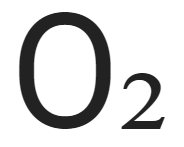
Oxygen comes in different grades depending on how it is to be used. Welding, aviation, research, and medical are four of the most common types. Welding oxygen is used to generate heat and stabilize the welding process. Aviation breathing oxygen, ABO, is produced to exacting standards and may not be substituted with either medical or welding oxygen. Research oxygen is a special grade used in the aerospace industry for welding. Medical oxygen is prescribed for breathing disorders and must be requested by a doctor as well as meet FDA standards.
Since we rely on oxygen for our existence, and it is so prevalent, we possibly assume that it is very easy to obtain. What is forgotten is that the oxygen we breathe contains several other gases.
 Alloy Suppliers
Alloy Suppliers Aluminum
Aluminum Aluminum Extrusions
Aluminum Extrusions Copper-Brass-Bronze
Copper-Brass-Bronze Magnets
Magnets Nickel
Nickel Stainless Steel
Stainless Steel Stainless Steel Tubing
Stainless Steel Tubing Steel Service Centers
Steel Service Centers Titanium
Titanium Tungsten
Tungsten Wire Rope
Wire Rope Castings & Forgings
Castings & Forgings Bulk Material Handling
Bulk Material Handling Electrical & Electronic Components
Electrical & Electronic Components Flow Instrumentation
Flow Instrumentation Hardware
Hardware Material Handling Equipment
Material Handling Equipment Metal Cutting Services
Metal Cutting Services Metal Forming Services
Metal Forming Services Metal Suppliers
Metal Suppliers Motion Control Products
Motion Control Products Plant & Facility Equipment
Plant & Facility Equipment Plant & Facility Supplies
Plant & Facility Supplies Plastic Molding Processes
Plastic Molding Processes Pumps & Valves
Pumps & Valves Recycling Equipment
Recycling Equipment Rubber Products & Services
Rubber Products & Services